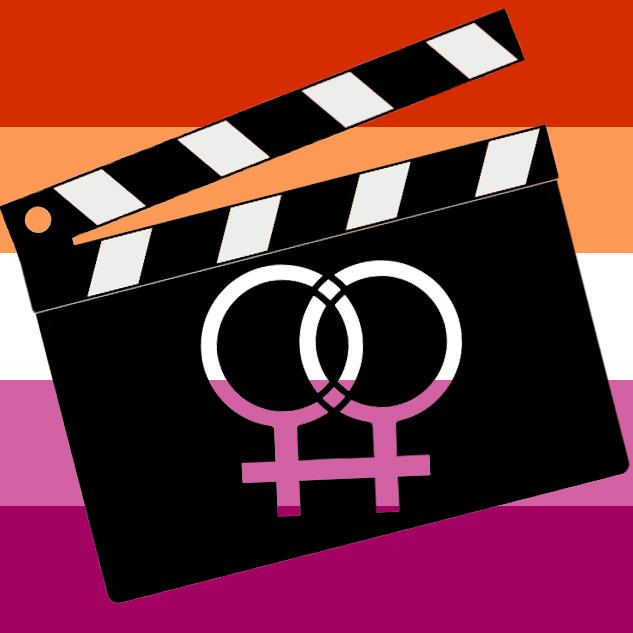If These Walls Could Talk 2 is a trio of lesbian-based vignettes. The stories connect as they all occur within the same house over several decades. It’s an anthology film more than anything. While the movie is overall strong enough to get a positive review from me, the film definitely peaked with their first story.
The first story takes place in 1961. It focuses on elderly lesbian couple, Edith and Abby. After a fall, Abby is taken to the hospital. Not being legally considered family, Edith can’t visit her nor receive the news that Abby has died until several hours after the fact. After Abby passes, her closest legal relatives come to deal with the legal issues. Unfortunately for Edith, one major issues is that though both women made their house a home, the lease lists only Abby as the owner. This means the house is now the property of Abby’s relatives who are near strangers.

This vignette does a great job of showing the plights, both small and large a lesbian couple, especially one of advanced age might face. The story crams invisibility, heteronormativity, small-scale, verbal homophobia and large-scale, legal homophobia such as inheritance claims and hospital visitation into a short run time. While it’s not the most subtle, I applaud this segment for cramming so many issues into an emotionally moving story. Vanessa Redgrave does a great job playing Edith. She garners so much sympathy which plays excellent against Paul Giamatti’s unfeeling turn as Abby’s relative. This vignette does a great job of showing the real implications of same-sex couples not having legal protection. Gay marriage isn’t just about the abstract concept of equality. There’s a lot of rules and legalities not afforded to poor Edith and other real people like her.
The second vignette takes place in 1972. The lead character is Linda, a lesbian feminist college student. The on-campus feminist group ousts Linda and her friends for being lesbians. Upon visiting a lesbian bar, Linda’s friends also show a willingness to ostracize when Linda meets the butch-presenting Amy. Despite her friend’s disapproval, Linda finds Amy incredibly attractive. This leads to a lengthy sex scene. While hot, it feels entirely too long and only there because the film premiered on HBO. We get it, you can show breasts. But after the first vignette of an old woman losing her house, an admittedly well-blocked lesbian sex scene feels out of place.

This segment mostly focuses on the fact that even marginalized communities feel the need to “punch down” and ostracize those even more disenfranchised. The feminist group ousts Linda and her friends for being lesbians and Linda’s friends mock Amy for her gender nonconformity. It’s good that the story brings these topics up, even if Chloe Sevigny as Amy doesn’t make the most convincing butch lesbian. Like the first segment, the story manages to weave a lot of issues into the dialogue within a short run time. I only wonder how many more they could have fit in if they’d cut down that sex scene.
The last segment takes place in 2000. Ellen DeGeneres is in it and frankly, just kind of ellens over the whole story. The story is about a lesbian couple who want to conceive a child. Being obviously unable to do this naturally, they have to jump through various hoops like background checks and expensive fertility treatments to realize this dream. While some issues are brought up, this segment plays more as a comedy and a celebration of how far queer rights have come. This means it doesn’t hit nearly as hard as the previous two.

So much of this segment feels like a missed opportunity. On its own, it’s not a bad comedy short film with progressive queer views. But as part of this anthology, it feels out of place. Unlike the previous two entries, this one tends to gloss over potential queer issues. Little is made of the financial expense queer couples must go through to conceive a child. Infertility isn’t a problem nor do these characters experience any homophobia. I understand this segment is more of a celebration of new rights for queer people, but it doesn’t do enough to acknowledge that its characters are privileged. In 2000 and today, there is a lot more work to be done before queer people reach equality.
If These Walls Could Talk 2 is overall, a solid little anthology film. It can feel a little homosexuality 101 but there is a time and place for queer movies for straights. It means well and is made by people who are clearly aware and care about these issues. I champion the fact that the directors and writers of each segment were women. While in my opinion each segment is weaker than the last, even the Ellen segment remains serviceable enough that I would say none of these stories are bad or poorly done. While it’s a TV movie so it’s not exactly Oscar-bait, If These Walls Could Talk 2 is at least it is a solid piece of Emmy-bait.
Overall rating: 7.4/10
Other WLW films in similar genres
Natasha Lyonne plays a queer woman


Be First to Comment